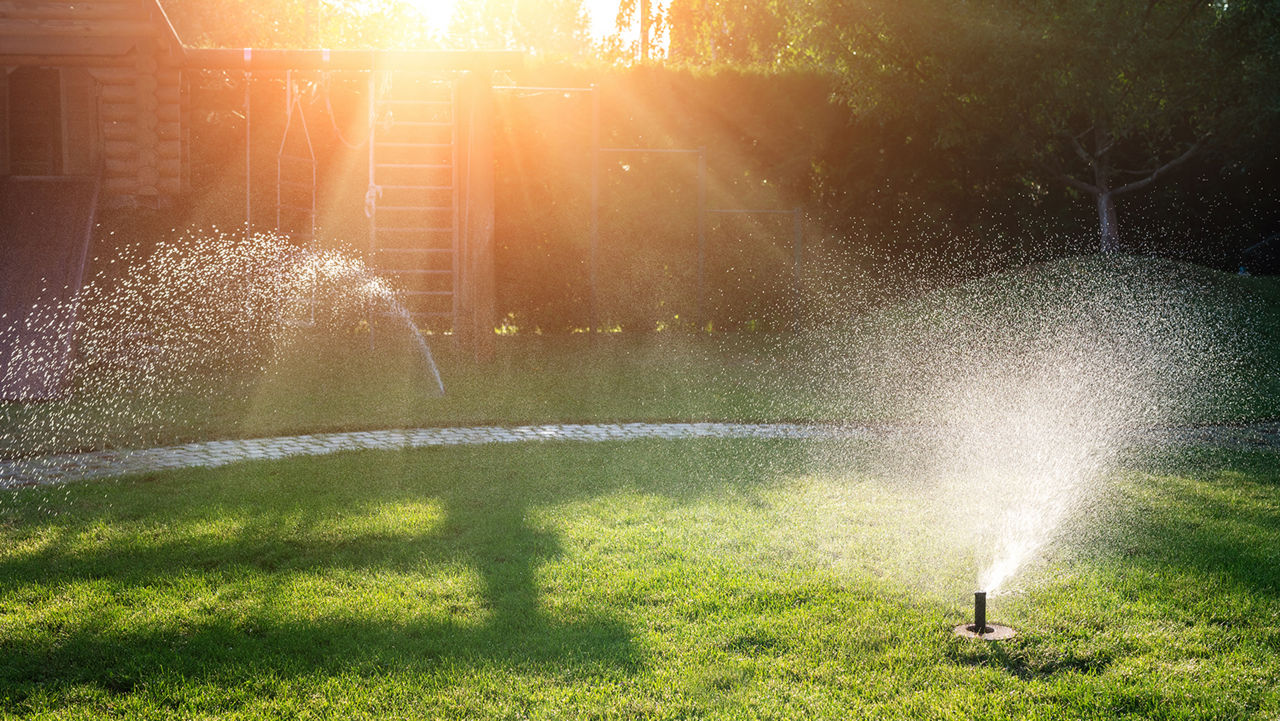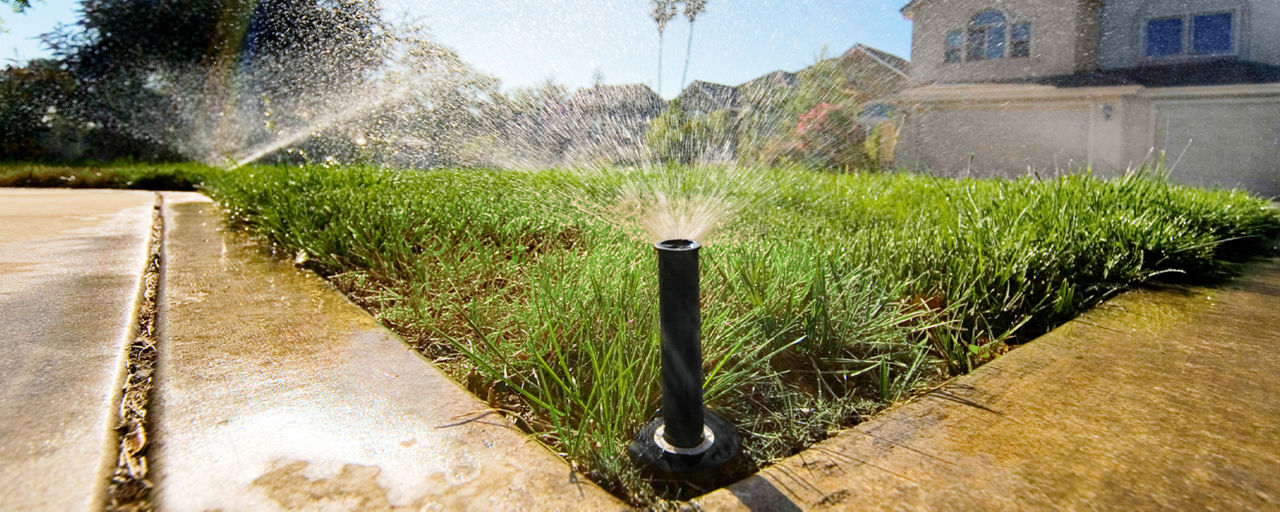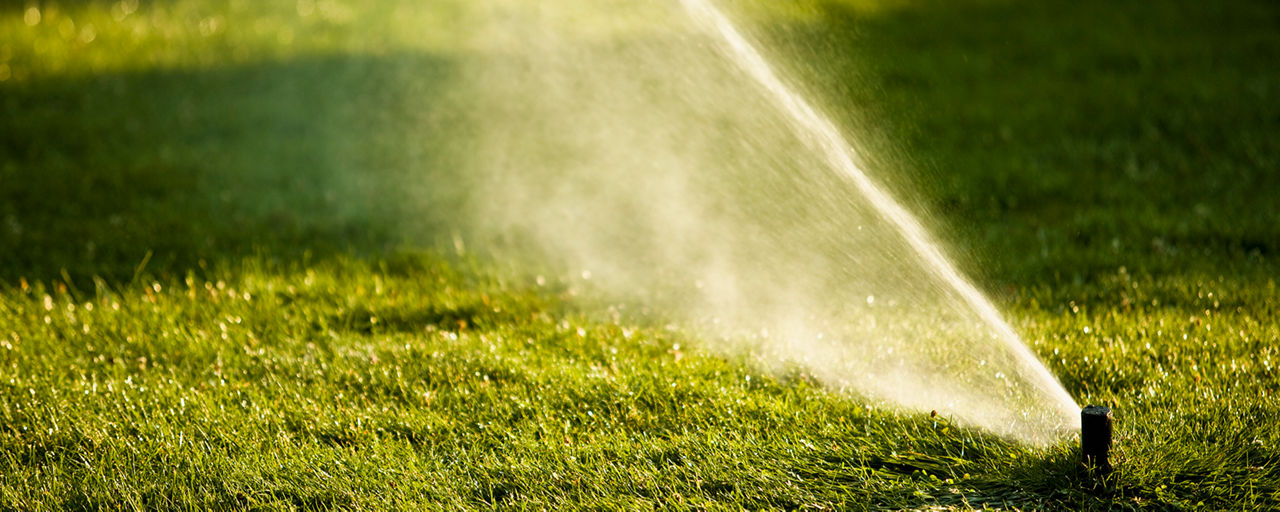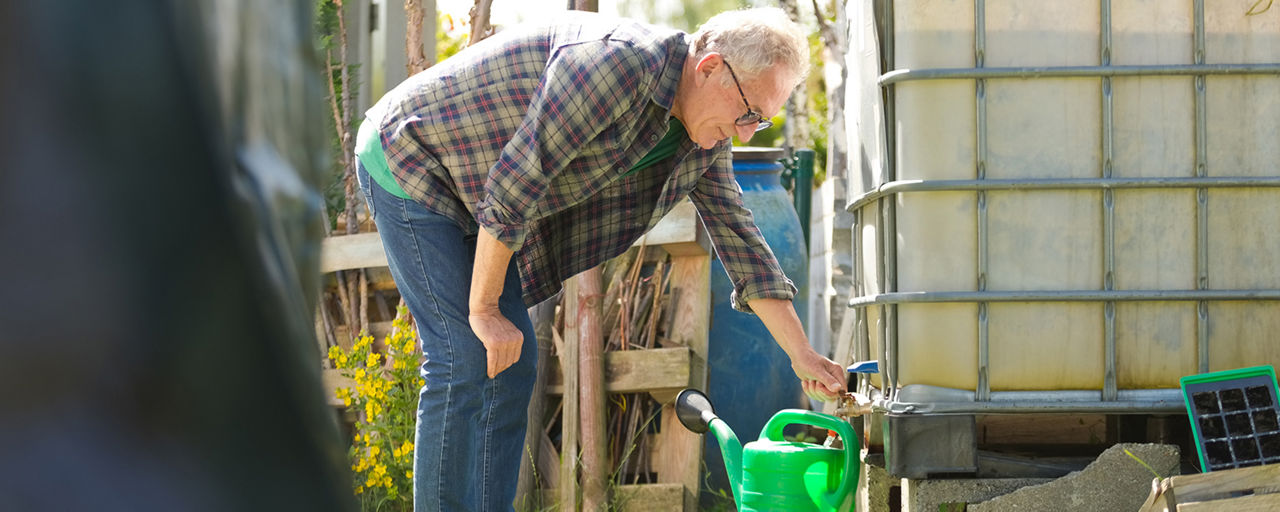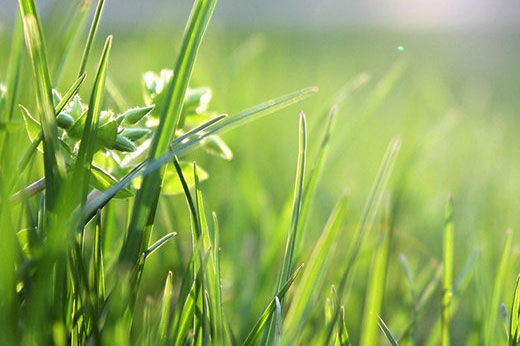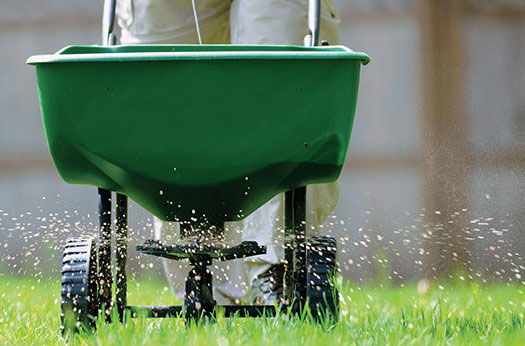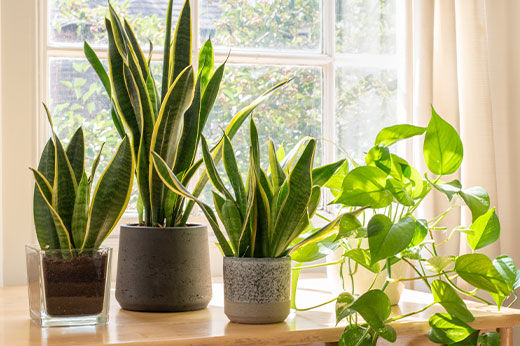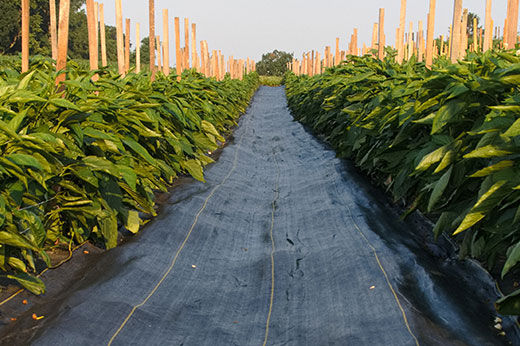Sprinkler Body
The sprinkler body is the main housing of the sprinkler, connecting to the water supply line. Most sprinkler bodies are made of durable plastic or metal that can withstand the conditions of an outdoor environment. When choosing a sprinkler, you should look for a body made of high-quality, corrosion-resistant material. Getting a good-quality sprinkler is especially important if you live in harsher climates with variable weather.
Sprinkler Cap
The sprinkler cap is found at the top of the sprinkler body. It covers the top of the sprinkler, protecting the inside components from dust, debris, and damage. In some sprinkler heads, the cap is adjustable to control water flow and direction. Look for a cap that's securely attached to the body and made of durable materials. The cap shouldn't leak.
Stem or Riser
The stem or riser of your sprinkler is the telescopic piece that pushes the nozzle above ground level when the sprinkler runs and then helps the pop-up spray head retract when not in use. These mechanisms are commonly found in pop-up sprinkler heads. When selecting a sprinkler head, look for a smooth riser mechanism with consistent pop-up and retraction. Make sure the riser doesn’t stick (which indicates sprinkler damage).
Nozzle
The nozzle is where the water comes out of the sprinkler. The type of nozzle determines the range, distribution, and spray pattern of your sprinkler. Many nozzles are adjustable or changeable for different spray options. When looking at nozzles, choose one that is easy to clean and maintain, with an option to replace as needed.
Spring Mechanism
Inside a sprinkler, the spring mechanism plays a critical role—helping the sprinkler heads pop up and retract. The spring helps prevent sprinkler damage when it isn't in use (and makes it less of a tripping hazard, too). Sprinklers should have consistent, smooth spring operation.
Valves
The valve of your sprinkler head helps you control the flow of the water. Some sprinkler designs feature built-in check valves, preventing water leakage when the system is off. Valves should offer reliable flow control. It’s especially important to have a check valve if your yard is on a slope—this prevents low-head drainage.
Filter
Some sprinkler heads also include a small filter under the nozzle (or occasionally inside the sprinkler body). The filter helps keep the nozzle clear of debris that can cause clogs. Filters should be easy to access so you can clean and replace them as needed to prolong the life and efficiency of your sprinkler head.
Adjustment Screw
Finally, most sprinklers feature an adjustment screw at the top of the sprinkler head or nozzle. The small screw allows you to adjust the spray distance as well as the water pressure. Set the sprinkler at a low angle as needed for hard-to-reach plants.
Each sprinkler component has an important function. Understanding the different parts of the sprinkler can help you make an informed decision when choosing the right sprinkler head for your irrigation needs. It can also help you inspect and maintain your sprinklers and troubleshoot any concerns that may arise.
